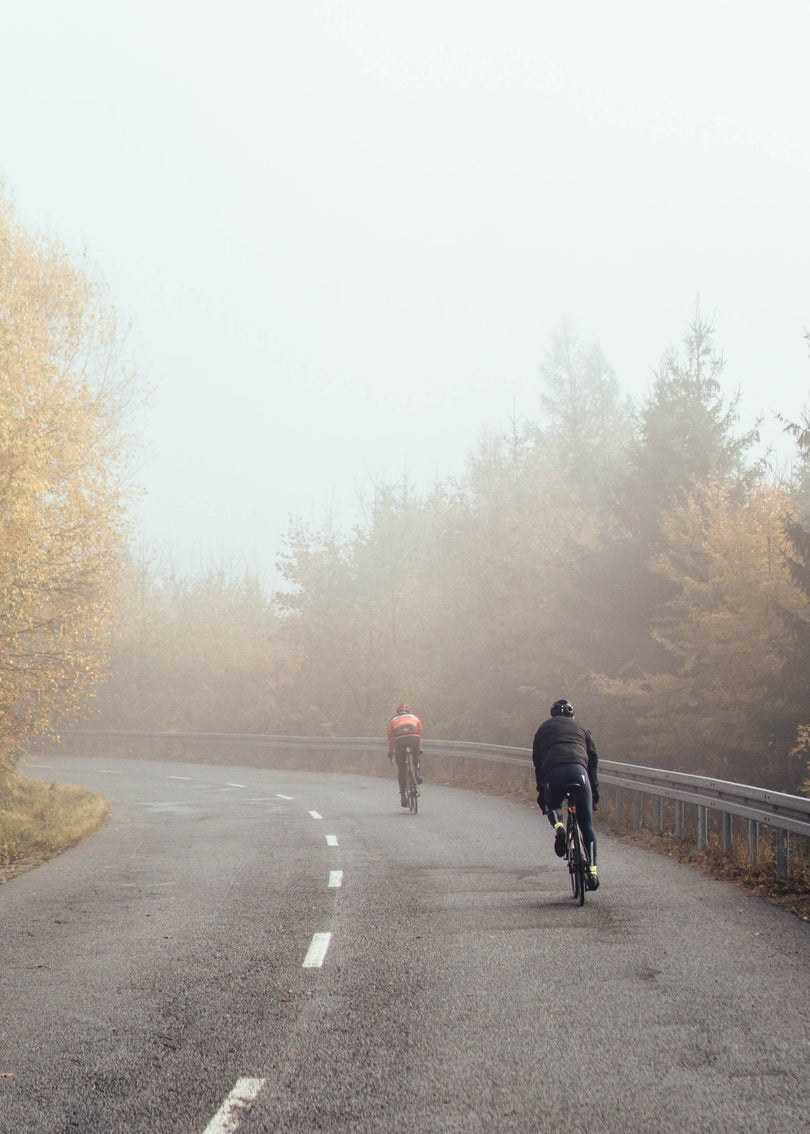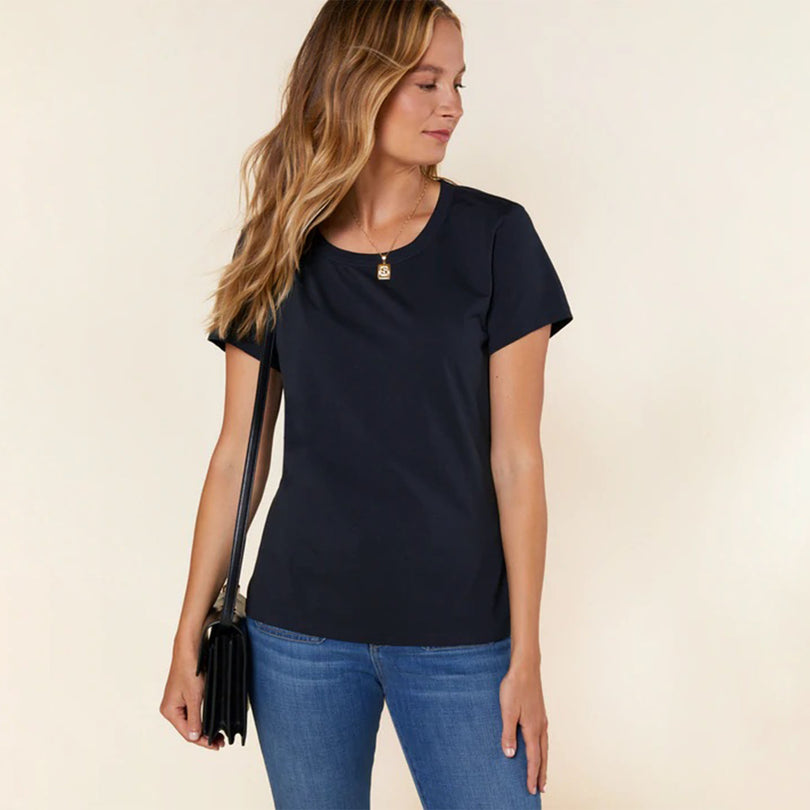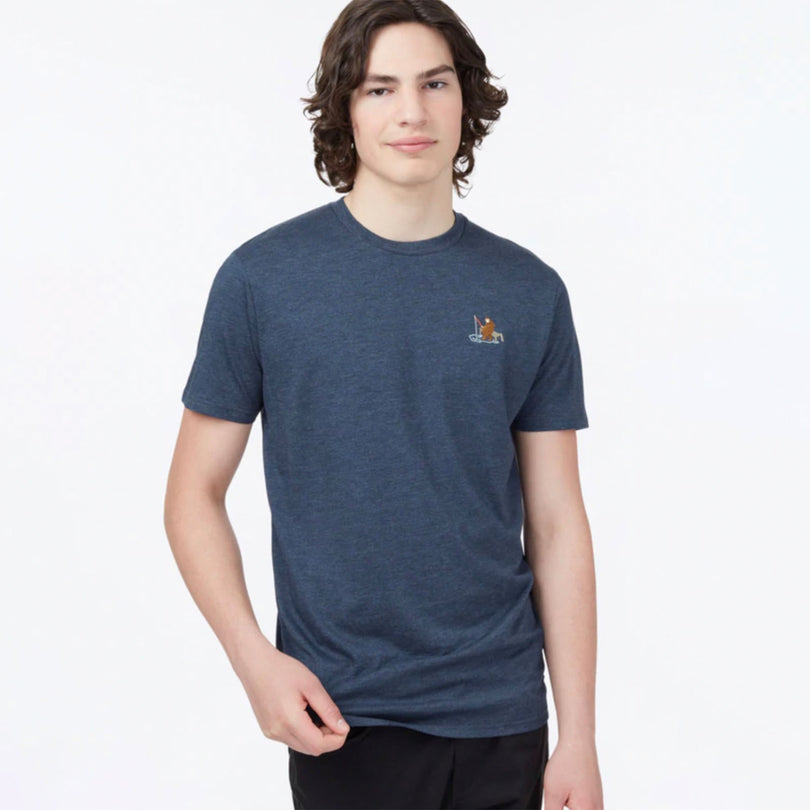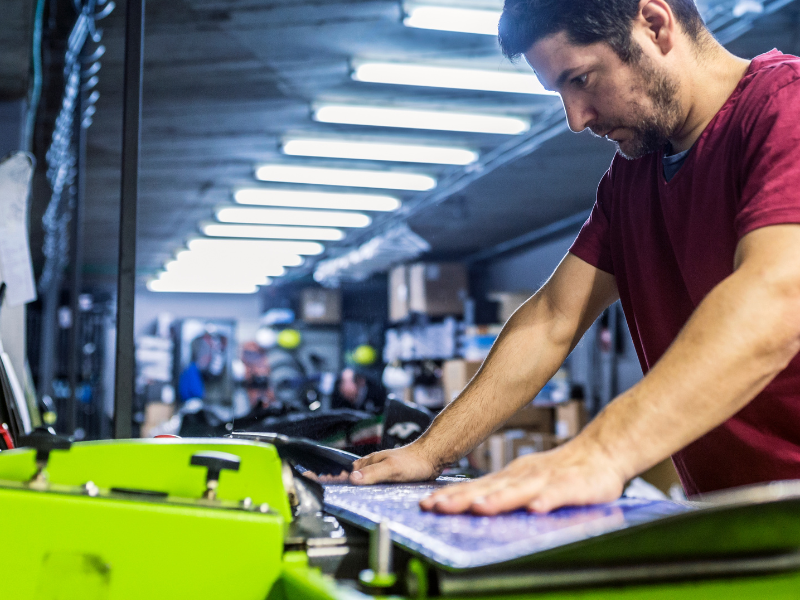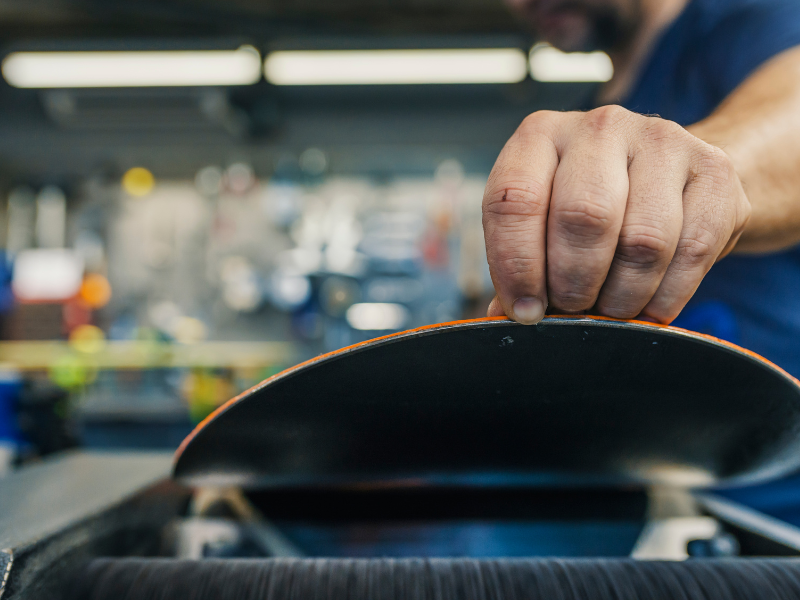Wax is a valuable addition to any snowboard, as a layer of wax adds shine, hydrates the board, and enhances its performance. If you're new to waxing snowboards, it's easy to misinterpret "rub-on wax" to mean "rubbing on wax" - but they are two different things. Neither is a good option.
Waxing a snowboard prevents drying, but using rub-on wax is not the most recommended solution. Rub-on wax is a temporary type of wax that lasts two or three uses before you must reapply. Rather, you can use all-season, cold-weather, or warm-weather wax instead.
This article will answer all your most burning beginner’s questions about waxing a snowboard, including why you should wax, how long wax lasts, and if your new snowboard needs waxing. Let's start by looking at rubbing wax on a snowboard in more detail.
Can You Rub Wax on a Snowboard?
When you mention rubbing wax on a snowboard, let's assume you’re referring to rub-on wax, a common type of wax that has an oilier consistency compared to hot wax.
Rub-on wax is quite beginner-friendly, as it usually takes about five minutes to apply. Its application is rather simple as well. So what’s the drawback then?
Well, rub-on wax does not have a very long life on your snowboard. It’s only made to temporarily coat the board, and so in about two or three uses, the board will be dry and in need of rewaxing.
Instead, when shopping for snowboard wax, consider a few other options.
All-Temperature Wax
All-season or all-temperature wax is designed to withstand many types of snowboarding conditions. The phrase “all-season” can be a little misleading, however, as it’s only meant to perform well in a wide range of temperatures, rather than all weather conditions.
Nonetheless, all-season wax is a valuable tool for any snowboarder, as it can help you maintain speed and control in a variety of different conditions.
Whether you’re blazing down the slopes on a sunny day or carving through fresh powder, all-season wax will help you stay focused on the task at hand.
Although we wouldn’t go so far as to say that any snowboard wax is exactly universal, all-temperature wax is about the closest thing to universal as you can get.
Cold-Rated Wax
If you plan on snowboarding in conditions that will drop below 25 degrees Fahrenheit, you need a special type of wax on your board to prevent any issues. That's where cold-rated wax comes in - it's designed to withstand very cold temperatures and provide a seamless surface when riding.
Whether you're hitting the slopes or just enjoying some time in the snow, cold-rated wax will help you enjoy the experience without any worry.
Warm-Rated Wax
If you couldn't tell by the cold-rated wax, the temperature is an important factor to consider. If it's warm out, you'll want to go with a warm-rated wax. This type of wax is designed for temperatures exceeding 25 degrees.
It's made from a mix of synthetic, microcrystalline, and paraffin waxes, which gives it durability and softness.
The microcrystalline adds durability while the paraffin lends the wax softness.
What Happens If You Don’t Wax a Snowboard?
If you don't wax your snowboard, you'll start to notice several things happen over time; reduced overall performance of your board, namely agility and speed, and a shorter lifespan. Just as your skin can dry out and crack if it goes too long without moisture, the same is true of your snowboard.
Without wax, the board will become more susceptible to damage from sun and wind exposure, as well as to moisture.
In the simplest view, wax helps to protect the board from the elements and prevents it from drying out.
Let's have a closer look at how not waxing your snowboard reduces agility, slows you down, and shortens the life of your snowboard.
Reduced Agility
When you wax your snowboard, it becomes more agile. Waxes make the board feel lively and responsive to turns- they're especially helpful when trying out new tricks. But really, just getting responses from your board that are true to your movement is the biggest benefit.
Waxing your snowboard will not only increase performance but also make you more agile. Long periods without wax can reduce the agility and responsiveness of a board.
Sure, that's important for competitions or tricks, but any sort of delay in reaction, or having a board not move the way you intend it to can be dangerous as well.
Slower Speeds
Applying wax to the bottom of the board creates a slick surface that helps the board move easily over the snow. Without wax, the board tends to stick to snow, which not only slows you down but also makes turning and maneuvering more difficult.
In addition, a dry board is more likely to absorb moisture from the snow, which can cause it to freeze, compounding the issue.
For these reasons, it's important to regularly wax your snowboard to maintain peak performance.
Think of why people used to apply Crisco shortening to sled blades. Although it’s considered a very dangerous practice today, the logic was that the lubricated blades could travel on the snow faster.
Like a sled speeding down a hill, a snowboard moves more quickly when it's properly waxed.
Less Longevity
While speed and agility get all the attention when it comes to reasons for waxing a snowboard, waxing your board serves another important purpose; a layer of wax helps protect the snowboard from scratches and abrasions, keeping it looking new and lasting longer.
Without waxing your snowboard, those small scratches will eventually become deep gouges.
Not only will this make your board look bad, but it will decrease its lifespan. And with the price of lift tickets on the rise, the last thing you want is the cost of a new board on top of that.
Do You Need to Wax a New Snowboard?
When you buy a snowboard new from a store (or online), then the board will come with what’s known as factory wax. And factory wax is a blessing and a curse.
On the one hand, it's great that you can take your new board straight from the store to the slopes. On the other hand, the wax doesn't have the longest life, so you'll need to reapply it relatively soon.
That said, if you're planning on using your new board right away, there's no need to wax it again - the factory wax will do just fine. But if you're not planning on hitting the slopes immediately, it might be worth taking the time to give your board a fresh coat of wax.
How Long Does Factory Snowboard Wax Last?
For snowboards, most factory waxes will last several rides with proper care, but it's a relatively short lifespan. How long a factory wax lasts depends on a few factors, such as the brand of wax, the type of wax, how it was applied, and how often the board is used.
However, if you live in an area with high humidity or you frequently ride in wet conditions, you may find that your wax needs to be reapplied more frequently.
Also, if you tend to ride hard and put your board through a lot of abuse, the factory wax will wear down more quickly.
Factory wax is usually only spray-on or rub-on wax - and based on what you just read about rub-on wax above, you know it's a rather short lifespan. At that point, it’s your responsibility to apply another layer of wax to avoid the circumstances above.
Avoid rub-on wax though, it will require far too many reapplications to give you the coating needed to keep your board in tip-top shape. Instead of rub-on waxes, use hot wax.
If you snowboard regularly, you'll need to reapply wax every few rides to maintain peak performance.
But, if you only ride a few times per season, you can probably get away with waxing your board once or twice.
Waxing A Snowboard
Waxing a snowboard is an important part of maintaining your board and keeping it in good condition. As you know, a well-waxed board will ride faster and last longer than one that's not waxed.
But taking your board somewhere to get waxed, can be inconvenient and you may not want to pay to have it done.
Can I Wax a Snowboard Myself?
Waxing a snowboard isn’t too challenging, and can be done by anyone in just a few steps at home. You'll need proper supplies and tools, then clean your board, melt your wax, iron wax to the board, let it cool and dry, then scrape off excess wax.
What Supplies and Tools Do You Need to Wax a Snowboard?
If you're considering waxing your snowboard, you'll need to gather a few supplies first, including:
- A base cleaner
- Packing material (newspapers or rags)
- An iron - You can use your laundry room iron, but it can't be used for clothes afterward
- A vinyl scraper
- A good quality wax - all-weather is a good choice if you don't know the conditions you'll be snowboarding
How to Wax a Snowboard in 5 Steps
- Clean your board with a base cleaner - this will remove any dirt, grease, or grime that may be on the surface of your board.
- Create a working area to prevent wax from going everywhere - pack the area around your workstation with packing material
- Warm your iron to medium-high, then place the wax against the iron. Letting the drops of melting wax fall on board - moving from edges first, then middle.
- Iron the wax into the board with a circular motion (Karate Kid "Wax on, wax off" style), working from the tip to the tail. You want the wax to be as evenly distributed as possible.
- Let the wax cool and dry for a half-hour, then scrape off any excess with your vinyl scraper, double-checking the edges of your board.
Once the wax is cooled and hardened, you're ready to hit the slopes!
Waxing Your Snowboard Matters
Any experienced snowboarder will tell you that waxing your board is essential to maintain it in peak condition.
Not only does wax help to prolong the lifespan of your board, but it also enhances your speed and performance while on the slopes.
While new snowboards include a layer of factory wax, it doesn’t last very long. Yes, you can take it out for a ride right away, but you'll want to apply a better wax to it shortly after.
Continuing to apply rub-on wax is not cost-effective, nor is it a very efficient use of your time, either.
Instead, the best types of wax for a snowboard are warm-weather, cold-weather, or all-temperature waxes. You can apply these yourself with a few simple tools and supplies, in just five easy steps.
There are certain times where no amount of wax will do, and your only option is to invest in a new snowboard.
There are other signs that it's time to replace your board as well - like the pop, camber and rocker of your board, or even your board's usage. So definitely get to know the health of your board, beyond just wax.
Waxing your snowboard is an important part of maintaining it, and will help you enjoy many seasons of great snowboarding!

